You open up PowerPoint or Keynote, and the first thing you have to do is choose a slide size. You’ll see two or maybe three options to pick from, but which one should you use? Well, here’s the simple Cliff Notes version to help make a decision on if you should use 16:9 or 4:3 in your next presentation.
4:3 (Standard)
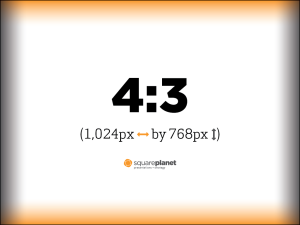 Simply put, an aspect ratio is the width and the height of the screen in a ratio; four units wide by three units high.
Simply put, an aspect ratio is the width and the height of the screen in a ratio; four units wide by three units high.
This 4:3 aspect ratio, commonly called four-by-three or standard, derives from actual 35mm film used in the silent film era. We know it more as the “squareish” shape of old tube televisions. When television was birthed, the format was adapted from the movies at the time—a simple transition so that movies viewed on TVs would all look the same as in the theater.
Projection technology in business spaces like boardrooms followed suit, and for a long time this format has been the standard for corporate presentations. You’ll want to use this format if you’ll be presenting in a space that uses a 4:3 only projection system, and someone on-site should be able to let you know if that’s the case.
Pixels or resolution are other terms you might come across when crafting your slides. This unit of measurement determines a display or projectors sharpness. In the case of 4:3 slides, the standard resolution is 1,024 pixels wide x 768 high. Keep this in mind when creating graphics for your slides. In case you were wondering where to start when designing, we created The 10 Commandments of Presentation Design.
16:9 (Widescreen)
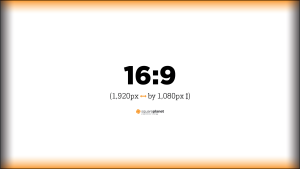 You’re probably more familiar with this format due to all the high-definition TVs in our homes and widescreen movies we experience thanks to Netflix. All this media is produced in what is known as a 16:9, sixteen-by-nine, or widescreen aspect ratio. Nowadays, widescreen projection systems and screens are more standard than ‘standard.’ You’re likely safe choosing 16:9 for your presentation as most projection and display technology has updated to this format. These graphics should be produced at 1,920 pixels wide x 1,080 pixels high.
You’re probably more familiar with this format due to all the high-definition TVs in our homes and widescreen movies we experience thanks to Netflix. All this media is produced in what is known as a 16:9, sixteen-by-nine, or widescreen aspect ratio. Nowadays, widescreen projection systems and screens are more standard than ‘standard.’ You’re likely safe choosing 16:9 for your presentation as most projection and display technology has updated to this format. These graphics should be produced at 1,920 pixels wide x 1,080 pixels high.
16:10 (Widescreen)
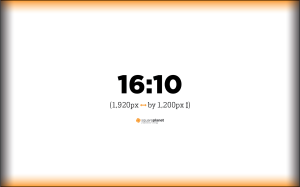 We’ve never had a reason to use this format, but it exists to be used on Windows-based laptop screens that have a 16:10 aspect ratio. If you’re in sales, present a lot on the road, and use this type of equipment this format might work for you. These graphics should be produced at 1,920 pixels wide x 1,200 pixels high. But you might consider using the 16:9 format anyway so you’re materials are ready when you need to present in a larger setting using a projector.
We’ve never had a reason to use this format, but it exists to be used on Windows-based laptop screens that have a 16:10 aspect ratio. If you’re in sales, present a lot on the road, and use this type of equipment this format might work for you. These graphics should be produced at 1,920 pixels wide x 1,200 pixels high. But you might consider using the 16:9 format anyway so you’re materials are ready when you need to present in a larger setting using a projector.
The Bottom Line
Choose a slide format that’s right for the environment. But when in doubt, we recommend using 16:9. Before you jump the gun and dive into designing your slides, make sure you’re spending 87% of your time on developing content that stands out and connects with your audience. Need help? You’re not alone! That’s why we developed Code of Content: A Pirate’s Guide to Creating Amazing Presentations–it’s a free eGuide filled with all the tools you’ll need to craft a great presentation using our content first approach.
What format do you use most often? Do you have any challenges with a particular slide size?
[x_author title=”Who wrote this masterpiece?”]

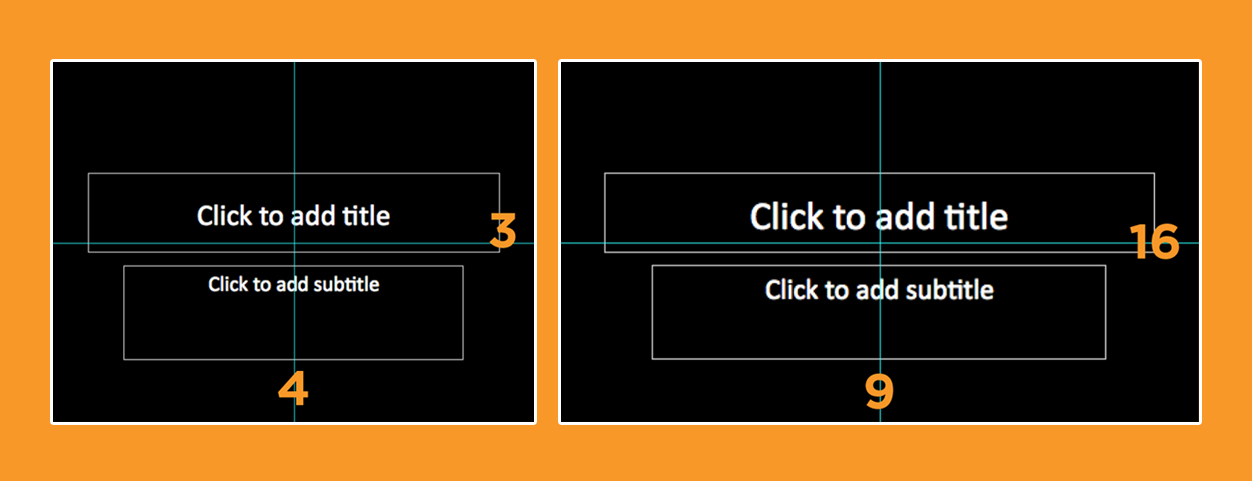

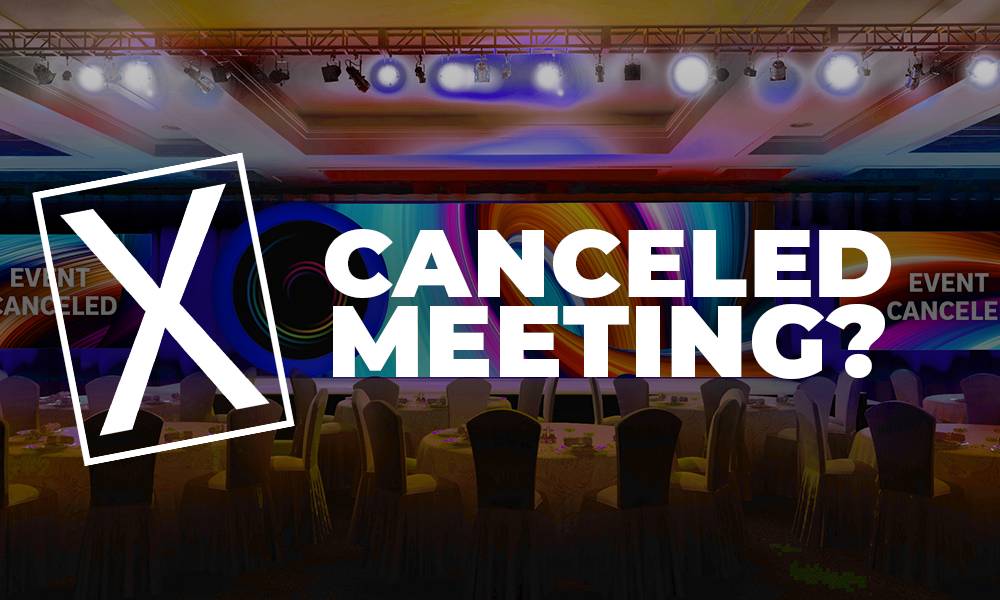

0 Comments